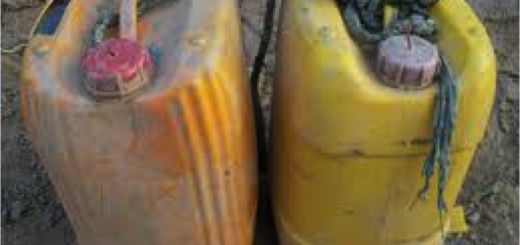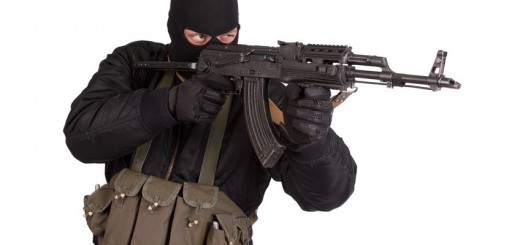Surviving a Terrorist Attack: What to do During an IED Attack
If you are at the immediate site of an IED attack, your top priority is to get out of the area. This increases your safety in case a secondary device is present in the area and minimizes your exposure to dust, smoke, and any hazardous substances that may have been released as a result of the blast. This also allows emergency responders to find and assist the most critically injured victims.
If you are in a building:
Get under a sturdy table or desk if objects are falling around you.
Exit as quickly as possible, without stopping to retrieve personal possessions or make phone calls. Assist other victims to leave the area if possible. Use stairs instead of elevators. Be aware of weakened floors and stairways, and watch for falling debris as you exit the building.
Once you are out of the building:
Move away from windows, glass doors, or other potentially hazardous areas.
Continue moving away from the blast site and look for emergency officials who will direct you to a safe location.
Be aware that secondary explosions may occur at or near the original bombing site, especially as rescue personnel arrive. Use caution to avoid debris that could be hot, sharp, or cause puncture wounds.
Limit your use of phones and other communications devices as much as possible, because communications systems may become overloaded.
If you become trapped:
Cover your nose and mouth with anything you have on hand to limit inhalation of dust or other hazardous materials. Dense-weave cotton material can act as a good filter.
Avoid unnecessary movement so you don’t kick up dust.
Signal your location to rescuers by using a flashlight or whistle, or by tapping on a pipe or wall.
Shout only as a last resort. Shouting can cause you to inhale dangerous amounts of dust and drain your energy.
If you are nearby, but not at the immediate site of an attack:
Assess the environment around you before taking any action.
Avoid being lured closer to see what is happening because the risks from secondary attacks or hazardous materials could be extremely high.
Listen for, and follow, instructions from local authorities and building personnel. If no information is immediately available from local officials, stay away from windows and doors and move to an inner area of a building until directed differently by authorities.
If you are in a train, on the subway, or on a bus:
In general, it is best to remain inside the train car unless you are in immediate danger.
Use the communication system on the train car to receive instructions.
If you are in danger and must leave the car, be aware of hazards on the tracks or in the tunnel and move with caution to the nearest station or point where you can contact emergency personnel.
Open windows or doors if possible and if it is safe to do so, because it can reduce the severity and number of injuries from a secondary explosion.
Caring for the injured:
First aid you provide may save lives. The most likely help you may need to provide is to control bleeding. Apply direct pressure to the bleeding site.
Nearby hospitals may be overwhelmed with victims. If you need to transport victims who are not severely injured, go to a hospital that is further from the bombing site.
Source: US Department of Homeland Security





Recent Comments